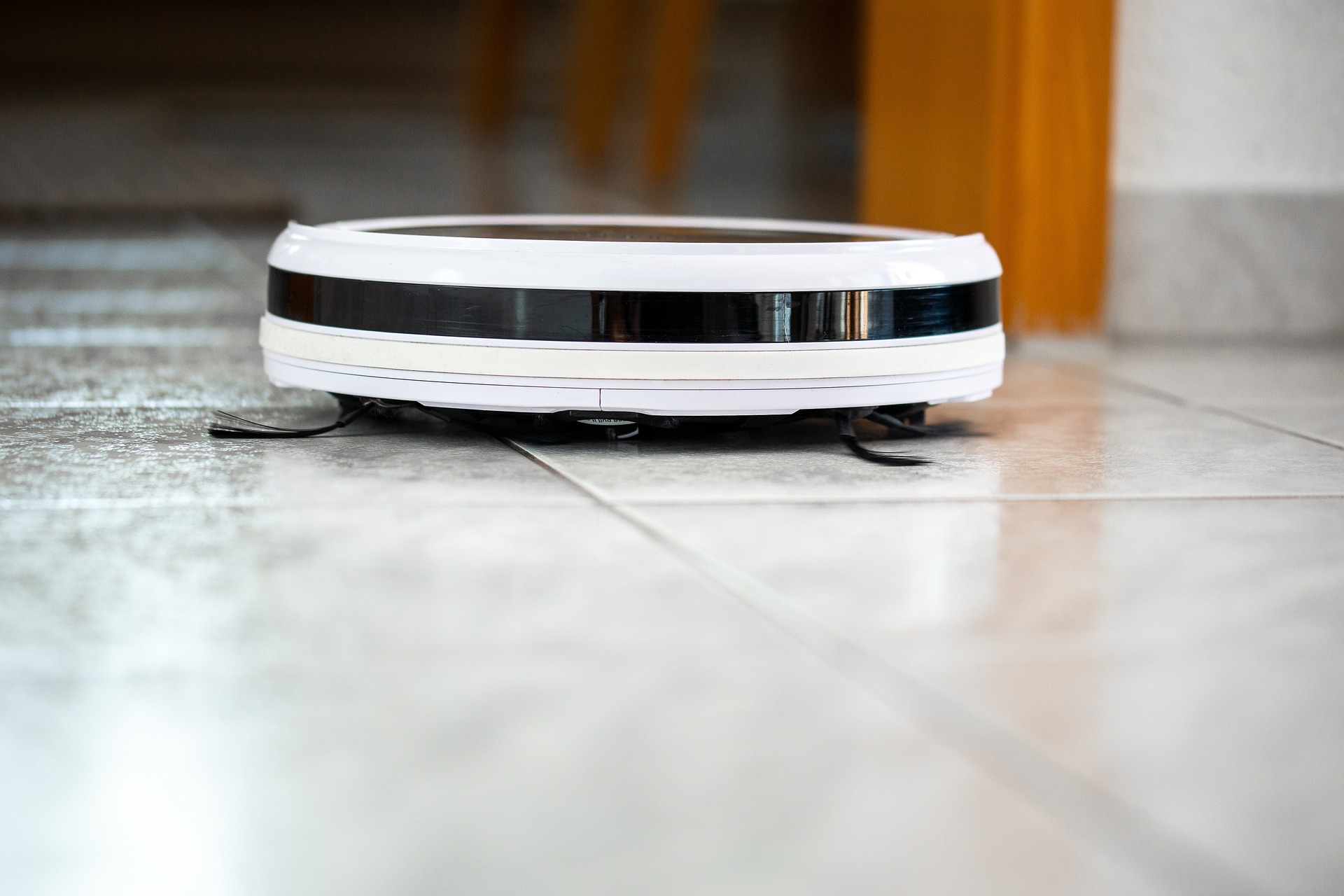Cholesterol Decoded: Your Comprehensive Health Guide
Cholesterol, a waxy substance found in your blood, plays a crucial role in building healthy cells. However, when levels become too high, it can pose significant risks to your cardiovascular health. This comprehensive guide will help you understand cholesterol, its impact on your body, and effective strategies for maintaining optimal levels. From recognizing early signs to exploring treatment options, we'll empower you with the knowledge to take control of your heart health.

Understanding Cholesterol: The Good and the Bad
Cholesterol isn’t inherently harmful; in fact, your body needs it to function properly. There are two main types: LDL (low-density lipoprotein) and HDL (high-density lipoprotein). LDL is often referred to as “bad” cholesterol because it can build up in your arteries, while HDL is considered “good” cholesterol as it helps remove excess cholesterol from your bloodstream. Maintaining a healthy balance between these two types is essential for overall cardiovascular health.
Early Signs of High Cholesterol
High cholesterol often doesn’t present noticeable symptoms, which is why it’s sometimes called a “silent killer.” However, some individuals may experience warning signs such as chest pain, numbness in extremities, or yellow deposits around the eyes or on the skin. It’s important to note that these symptoms usually appear when cholesterol levels are extremely high or have been elevated for an extended period. Regular check-ups and blood tests are the most reliable ways to detect high cholesterol early.
Lifestyle Factors and Cholesterol Levels
Your lifestyle plays a significant role in determining your cholesterol levels. Factors such as diet, physical activity, smoking, and alcohol consumption can all impact your cholesterol. A diet high in saturated and trans fats can increase LDL cholesterol, while lack of exercise can lower HDL cholesterol. Smoking damages blood vessel walls, making them more prone to accumulating fatty deposits. By adopting a heart-healthy lifestyle, you can positively influence your cholesterol levels and reduce your risk of cardiovascular disease.
Diagnosing High Cholesterol
Diagnosing high cholesterol typically involves a simple blood test called a lipid panel. This test measures your total cholesterol, LDL cholesterol, HDL cholesterol, and triglycerides. Your healthcare provider will interpret these results based on your age, gender, and other risk factors. It’s recommended that adults have their cholesterol checked every 4-6 years, though more frequent testing may be necessary for those with risk factors or existing heart conditions.
Best Foods to Help Lower Cholesterol Naturally
Diet plays a crucial role in managing cholesterol levels. Incorporating certain foods into your diet can help lower LDL cholesterol and boost HDL cholesterol. Oats and other whole grains are rich in soluble fiber, which can help reduce the absorption of cholesterol in your bloodstream. Fatty fish like salmon and mackerel contain omega-3 fatty acids that can increase HDL levels. Nuts, avocados, and olive oil provide healthy monounsaturated fats that can improve your cholesterol profile. Additionally, fruits and vegetables high in plant sterols and stanols can help block cholesterol absorption.
Treatment Options for High Cholesterol
When lifestyle changes alone aren’t sufficient to manage high cholesterol, medical interventions may be necessary. Statins are the most commonly prescribed medications for lowering cholesterol. They work by blocking a substance your liver needs to make cholesterol. Other treatment options include bile acid sequestrants, cholesterol absorption inhibitors, and PCSK9 inhibitors. Your healthcare provider will determine the most appropriate treatment based on your individual needs and risk factors. It’s important to follow your prescribed treatment plan and continue making healthy lifestyle choices to achieve optimal results.
| Medication | How It Works | Potential Side Effects | Average Monthly Cost (USD) |
|---|---|---|---|
| Statins | Blocks liver enzyme for cholesterol production | Muscle pain, liver damage | $10 - $200 |
| Bile Acid Sequestrants | Binds to bile acids, reducing cholesterol | Gastrointestinal issues | $50 - $350 |
| Cholesterol Absorption Inhibitors | Limits absorption of dietary cholesterol | Stomach pain, fatigue | $250 - $350 |
| PCSK9 Inhibitors | Enhances liver’s ability to remove LDL | Injection site reactions | $5,000 - $7,000 |
Maintaining healthy cholesterol levels is a crucial aspect of overall cardiovascular health. By understanding the factors that influence cholesterol, recognizing early signs of high cholesterol, and implementing appropriate lifestyle changes and treatments, you can significantly reduce your risk of heart disease and stroke. Remember that managing cholesterol is a long-term commitment that requires ongoing effort and regular check-ups with your healthcare provider. With the right approach, you can take control of your cholesterol levels and pave the way for a healthier future.
Disclaimer: This article is for informational purposes only and should not be considered medical advice. Please consult a qualified healthcare professional for personalized guidance and treatment.
The shared information of this generated article is up-to-date as of the publishing date. For more up-to-date information, please conduct own research.




